Cyan, Magenta, and Yellow Markers That Mix Together to Make Green, Blue, Red, and Black. Really.
 Friday, March 20, 2015 at 04:41PM
Friday, March 20, 2015 at 04:41PM
Materials
- Inkjet Printer Ink Bulk Refill (like this pack of BCH inks from Amazon) Most of the packs come with 100 mL of cyan, magenta, and yellow ink as well as 300 mL of black ink.
- Crayola Marker Refill Kit (like this kit from Amazon) The kit comes with 12 blank markers.
- Small (approximately 10 mL) clear plastic cups.
Set Up
- Discard the ink that comes with the Crayola kit. It works okay, but the bulk printer ink is much purer in color.
- Each pen consists of a barrel, a nib, a foam cylinder, endcap, and regular pen cap.
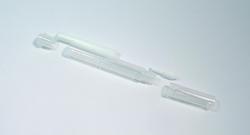
- Place the nib into the barrel and then insert the foam cylinder. Use a pen to push the foam onto the nib.

- Open the ink bottles. You won’t need the black ink. You can set them aside.
- Using a long needle and syringe that came with the ink, extract 2-3 mL of ink from the cyan bottle.
- Press the needle just below the surface of the foam and push down the plunger slowly.
- You’ll see the ink move down the tube via capillary action.
- When the ink reaches the nib (usually takes a few minutes), test to be sure the pen works. If so, press the endcap onto the barrel. You’ll hear an audible click. If the pen doesn’t work, you should add another milliliter of ink.
- Repeat with magenta and yellow.
- Wash out the syringes and needles with plenty of water.
- Make three overlapping circles of cyan, magenta, and yellow to make seven regions. Notice that where cyan and yellow overlap, you get green; where cyan and magenta overlap, you get blue; and where magenta and yellow overlap, you get red. Where all three overlap, you get black (or at least a really dark color).
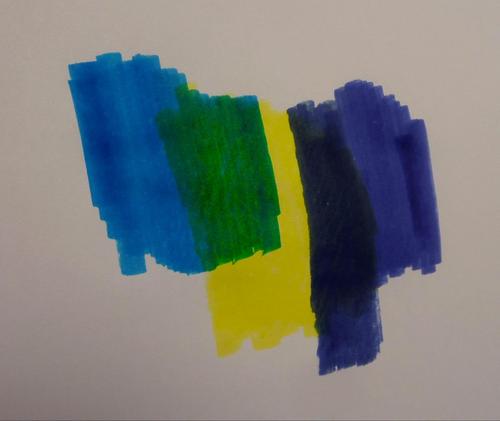
- What color would you get if you mixed yellow and blue? You don’t have a blue marker? No big deal. Make one. In a small cup add 2 mL of cyan ink and 2 mL of magenta ink. Mix. Add that to a blank marker.
- Place 10 mL of water in a clear cup. Add a drop of yellow ink. Add a drop of magenta ink. Mix. Note the color. Add another drop of magenta ink. What color is that? Notice that you can mix different inks together to get many different colors.
- Notice that adding ink always reduces the amount of light getting through, adding water allows more light to get through.
Michelangelo was once asked (perhaps, appocyphorally) how he carved David. He said that he started with a block of marble and removed everything that wasn’t David.
Let’s say that you want a green splotch on a piece of paper. You are probably doing this in white light on white paper. (You might consider how they’d be different if you were in green light.)
White light contains all hues that are available to your eye. So, you already have green light hitting the paper. However, you also have red, yellow, chartreuse and many, many more hues along with the green light. You need to subtract all the other colors.
Is there an ink that subtracts the red to yellow region of the spectrum? Yes, that color is called cyan. Pure cyan would only let blue to green through. So if you put cyan on the paper, only blue and green light could be reflected.
However, you don’t want blue and green light, you want just blue. Is there a color that removes green blue light? Yes, that color is yellow. Yellow lets green to red through but absorbs other colors.
So, if you put a layer of cyan down and a layer of yellow down, only the green light from the all the hues in the original white light can get through.
Only red can get through magenta and yellow, and only blue can get through cyan and magenta. No color can get through all three.
What if you want orange? Orange is in between red and yellow. We want all the red light from the white light, but only part of the green light, and none of the blue light. Pure yellow ink will block all the blue light so we’ll use it. If we use dilute (or only cover half the surface) with magenta ink, it will block only some of the green light. So, if we use pure yellow and dilute magenta we should be able to make orange ink. Other inks can be generated by combining different amounts of yellow, magenta, and cyan inks.
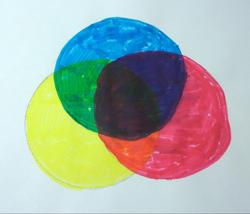



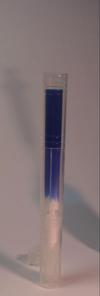
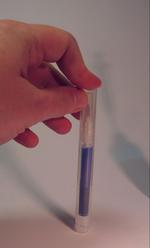
Reader Comments